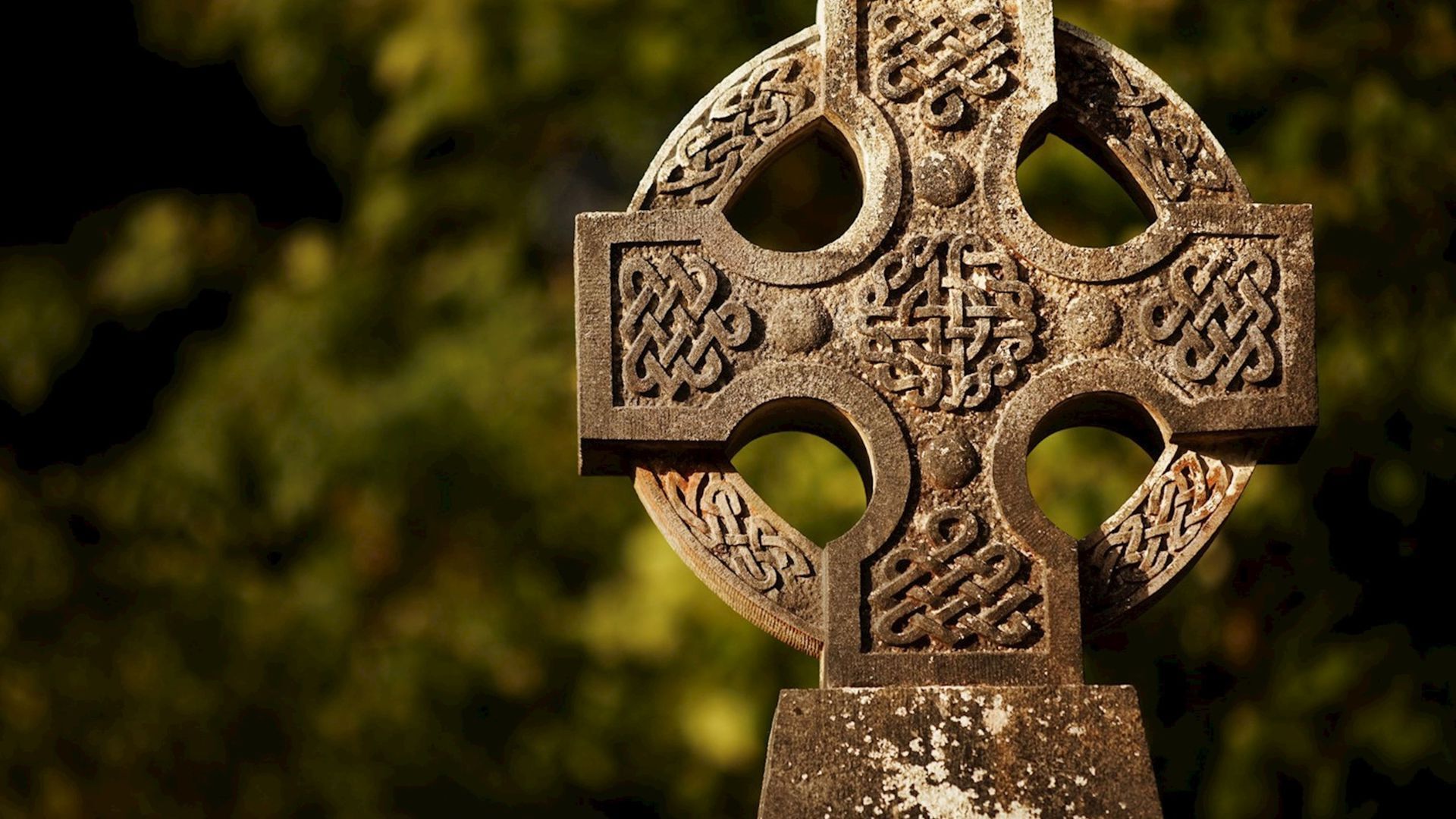
The Gaelic Revival was a cultural movement that aimed to revive the Irish language and traditions during the late 19th and early 20th centuries. This movement wasn't just about language; it encompassed literature, sports, and music, breathing new life into Irish identity. Why did the Gaelic Revival happen? It was a response to centuries of British rule and cultural suppression. People wanted to reclaim their heritage and assert their national pride. This period saw the founding of organizations like the Gaelic League and the Gaelic Athletic Association, which played pivotal roles in promoting Irish culture. Dive into these 21 facts to understand how this movement shaped modern Ireland.
Key Takeaways:
- The Gaelic Revival was a movement in the late 19th and early 20th centuries to revive Irish language and culture, influencing literature, arts, education, and the official status of Irish in Ireland.
- Key figures like Douglas Hyde, Lady Gregory, and Seán Ó Riada played crucial roles in the Gaelic Revival, shaping Irish culture and identity for generations to come.
What is the Gaelic Revival?
The Gaelic Revival was a cultural movement in the late 19th and early 20th centuries aimed at reviving the Irish language and culture. This movement sought to rekindle interest in traditional Irish arts, literature, and folklore.
- The Gaelic Revival began in the 1890s, driven by a desire to preserve Irish heritage.
- The movement was a response to the decline of the Irish language, which had been suppressed under British rule.
- The Gaelic League, founded in 1893, played a crucial role in promoting the Irish language and culture.
- Douglas Hyde, the first president of Ireland, was a key figure in the Gaelic Revival and co-founded the Gaelic League.
- The revival influenced the Irish Literary Revival, which produced notable writers like W.B. Yeats and Lady Gregory.
Key Figures in the Gaelic Revival
Several individuals were instrumental in the success of the Gaelic Revival. Their contributions helped shape the movement and ensure its lasting impact.
- Patrick Pearse, a leader in the 1916 Easter Rising, was also a prominent advocate for the Irish language.
- Eoin MacNeill, a historian and politician, co-founded the Gaelic League and contributed to the revival of Irish history studies.
- John Millington Synge, a playwright, drew inspiration from Irish folklore and language for his works.
- Lady Augusta Gregory, a playwright and folklorist, co-founded the Abbey Theatre and promoted Irish culture.
- Seán Ó Riada, a composer, revitalized traditional Irish music and influenced modern Irish musicians.
Impact on Literature and Arts
The Gaelic Revival had a profound effect on Irish literature and arts, inspiring a new generation of writers and artists to explore their cultural roots.
- The Abbey Theatre, established in 1904, became a hub for Irish playwrights and actors, showcasing works rooted in Irish culture.
- The revival led to the publication of numerous Irish-language books and periodicals, preserving the language for future generations.
- Traditional Irish music experienced a resurgence, with musicians incorporating ancient melodies and instruments into their compositions.
- The movement inspired visual artists to depict Irish landscapes, folklore, and historical events in their works.
- Irish dance, including forms like sean-nós and step dancing, gained popularity and became symbols of national identity.
Educational Reforms and Language Preservation
Efforts to revive the Irish language extended to education, where reforms aimed to integrate the language into everyday life and ensure its survival.
- The Gaelic League established Irish-language schools, known as Gaelscoileanna, to teach children in their native tongue.
- Irish became a compulsory subject in schools, ensuring that future generations would learn and speak the language.
- The revival led to the creation of Irish-language radio and television programs, promoting the language to a wider audience.
- Bilingual road signs and public notices were introduced, making the Irish language more visible in daily life.
- The movement encouraged the use of Irish in public and private spheres, fostering a sense of pride in the language.
Legacy of the Gaelic Revival
The Gaelic Revival left a lasting legacy on Irish culture and identity, influencing various aspects of life in Ireland today.
- The revival helped establish Irish as an official language of Ireland, alongside English, enshrined in the Irish Constitution.
Gaelic Revival's Lasting Impact
The Gaelic Revival wasn't just a cultural movement; it was a powerful force that reshaped Irish identity. By reviving the Irish language, literature, and traditions, it sparked a renewed sense of pride among the Irish people. This movement played a crucial role in Ireland's fight for independence, influencing political leaders and everyday citizens alike. Today, the effects of the Gaelic Revival are still evident. The Irish language is taught in schools, traditional music and dance thrive, and Irish literature continues to inspire. The revival showed the world that preserving one's heritage can lead to a brighter, more unified future. So, next time you hear a traditional Irish tune or read a piece of Irish literature, remember the passionate individuals who fought to keep their culture alive. Their legacy lives on in every word, note, and dance step.
Frequently Asked Questions
Was this page helpful?
Our commitment to delivering trustworthy and engaging content is at the heart of what we do. Each fact on our site is contributed by real users like you, bringing a wealth of diverse insights and information. To ensure the highest standards of accuracy and reliability, our dedicated editors meticulously review each submission. This process guarantees that the facts we share are not only fascinating but also credible. Trust in our commitment to quality and authenticity as you explore and learn with us.
